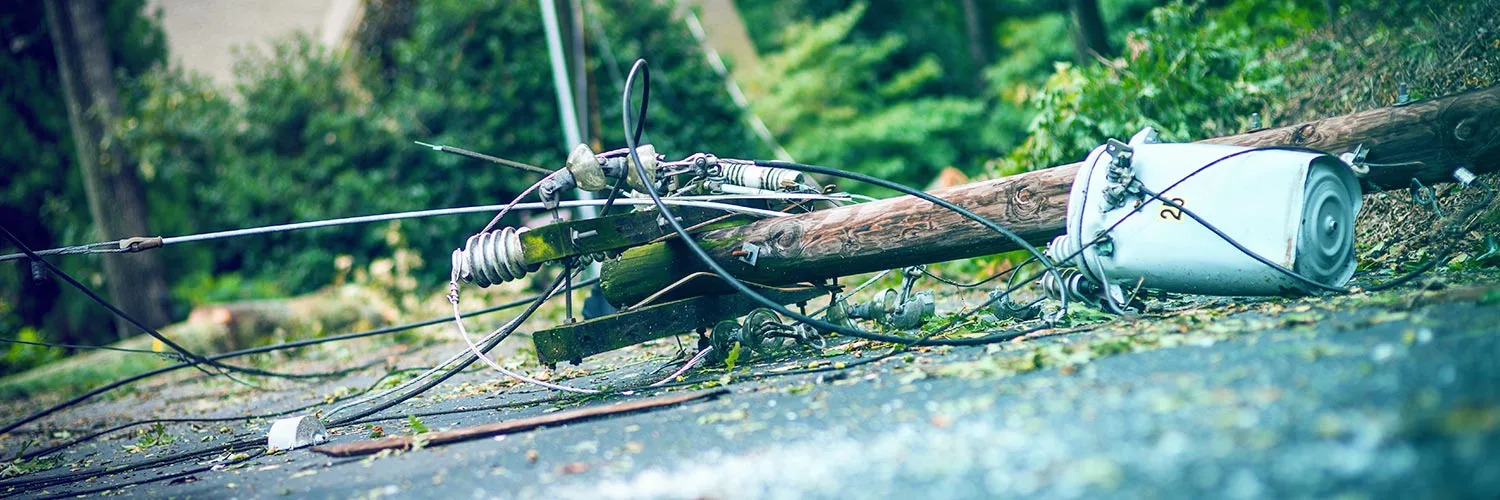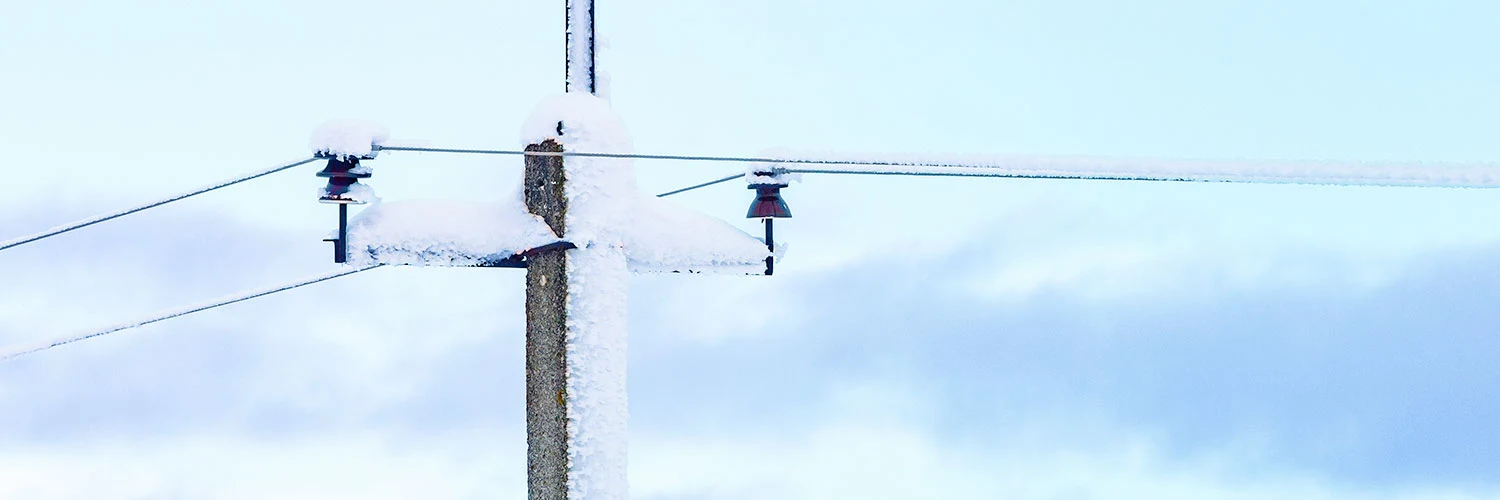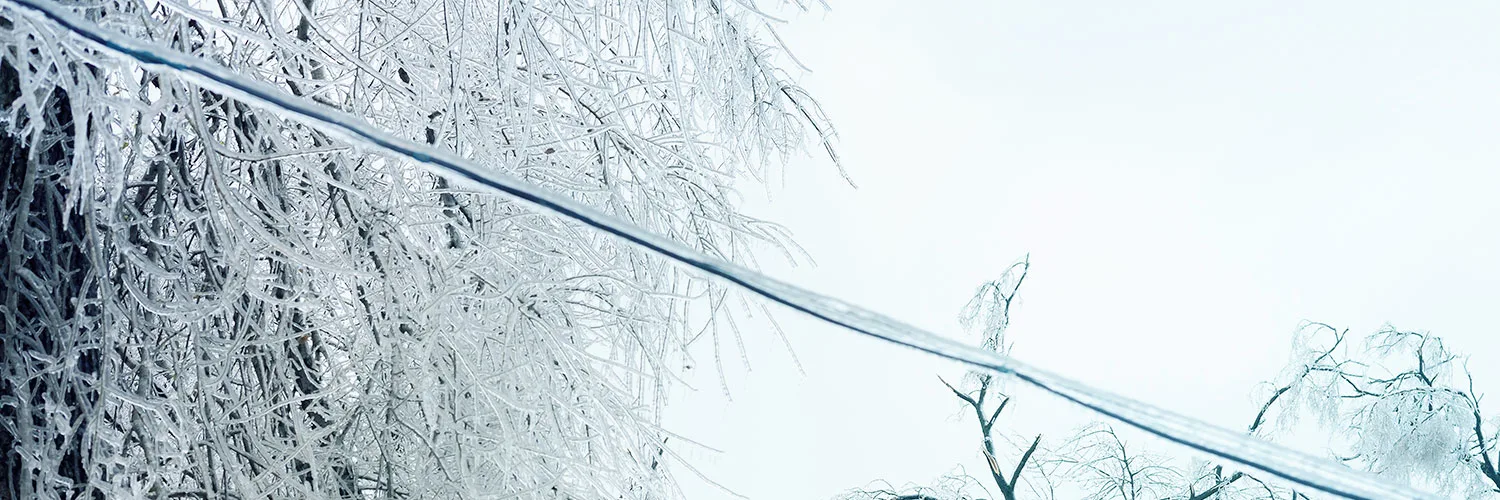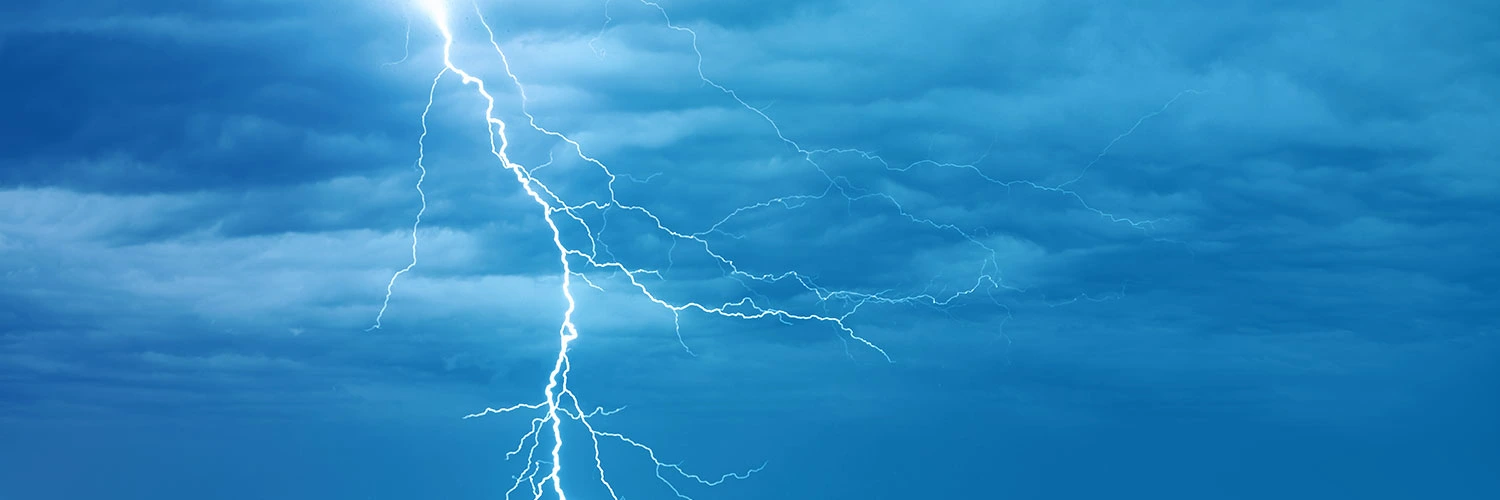Outages
According to the data of 2020, 50% of the outages of the Elektrilevi network were related to the weather and nature. That is why we are constantly investing in making the network more weatherproof. Slightly more than 15% of outages are caused by network age or depreciation. 35% of outages occur for other reasons, such as birds or animals, excavations or thefts by other parties, as well as failures in the consumer installation.

While in 2011 there were more than 25,000 outages in Elektrilevi's network, in 2020 there were just over 13,000. In ten years, the number of outages has almost halved. The investments we have made in terms of population density, vital and economically impacted consumers, the natural environment around the line and other aspects have proved that we are on the right track in terms of security of supply.
Outages elimination time:
- From April 1 - September 30 up to 12 hours.
- From October 1 - March 31 up to 16 hours.
- In emergency situations, it can take up to 72 hours from the moment the emergency is declared to repair the outage. An emergency event may be caused by a natural disaster, storm, or another event that the network operator cannot prevent.
The four biggest natural enemies of the electricity grid are strong winds, snow, ice and thunder.

Strong wind
The biggest enemy of the network is strong winds, which can seriously damage power lines. This is especially true in the case of storm winds, which are considered to be wind speeds of 21 m/s and above. The main reason for line interruptions and short circuits is mostly branches and trees broken on the lines due to wind.
To ensure the reliability of the network, we clean thousands of kilometres of line corridors every year from bushes, trees and branches that are dangerously close to the lines. Why not make line corridors so wide that no falling trees reach the line to completely avoid interruptions? Because this would mean widening the line corridors in both directions by almost 25 meters, which is equivalent to deforestation about the size of Hiiumaa, which is certainly not sensible.
Fortunately, there is another way to achieve electrical security. Today, Elektrilevi has made 71% of its network weatherproof. This has meant installing an underground cable or a newer type of overhead cable that will generally withstand even if the tree falls on the line for some reason.
In addition to interruptions, strong winds can cause voltage disturbances in the form of short-term interruptions or voltage fluctuations. If the weather forecast says that a severe storm is coming, we recommend that you unplug the more sensitive electrical equipment.
Deposition of snow
Winter faults can be caused by heavy snowfall at 0 degrees and below. In such weather conditions, snow deposits on the tree branches, which can cause the trees and branches to become so heavy that they sink to the lines. Wet snow can also accumulate between the insulators of the electric masts. This can cause a short circuit in the insulator.
Regular maintenance of line corridors and the construction of a weatherproof network will help to prevent damage from depositing snow. A thick layer of snow brings also other challenges. For example, in thick snow forests and fields, it is more difficult to access the lines, which means that restoration work can take significantly longer.
If trees are sunk on lines under heavy snow, be sure to keep away from such places. If the lines have fallen, this may mean that the entire area under the line is under life-threatening voltage.


Glazed frost
Glazed frost occurs on power lines due to ice rain when the temperature fluctuates around 0 degrees. It is a very insidious enemy of the electricity grid, the effects of which may not be immediate. Ice makes snow accumulated to trees and power lines wet and heavy. Minus degrees, in turn, freeze wet snow on a tree or power line. In this way, the ice begins to slowly bend the tree or power line towards the ground. Under this weight, both masts and power lines can break.
It is important to constantly monitor the network to prevent damage from ice. Nevertheless, it is never possible to avoid all dangers. Removing ice from lines is generally very complicated and time consuming.
Thunder
Thunder is accompanied by a wild crushing force. The charge of the lightning boom can reach up to 200,000 amps, which is extremely high. Life-threatening currents start at twenty milliamperes. In addition to the breaking force, the voltage associated with a thunderstorm can cause voltage fluctuations in the network.
A thunderstorm-induced thrombus is capable of breaking high-voltage overhead lines with playful ease, not to mention minor disturbances and injuries. Thunderstorms are often accompanied by common weather events. In addition to lightning, unexpected wind gusts or hailstorms and hail are also dangerous.
Remember that under no circumstances should electrical work be carried out during a thunderstorm. When you hear the thunder and see lightning bolts in the sky, it's high time you put your tools away.

There may be up to 50 hours of outages per consumption point per year.
The lengths and benefits of permitted interruptions are set out in a regulation of the Minister of Economic Affairs and Communications.

